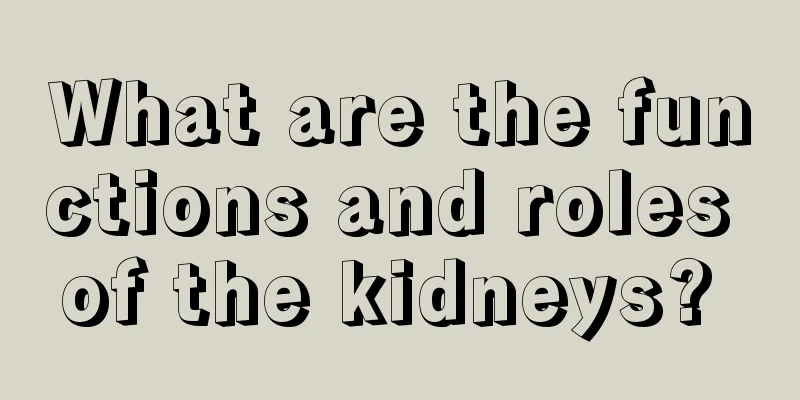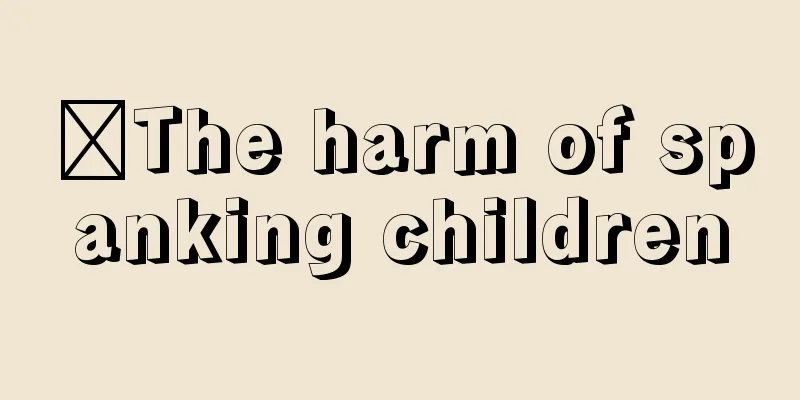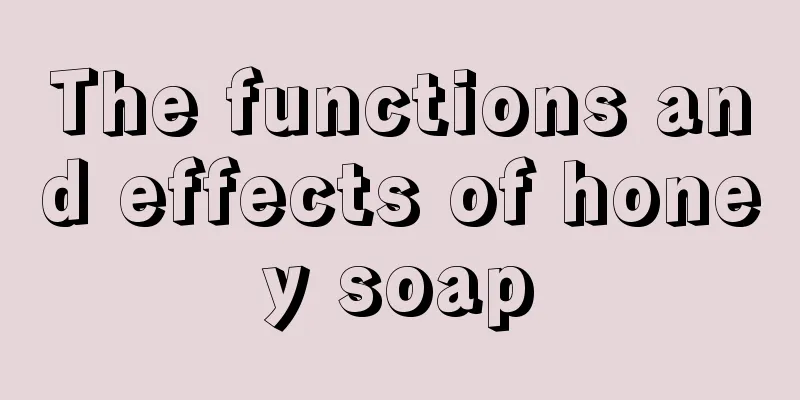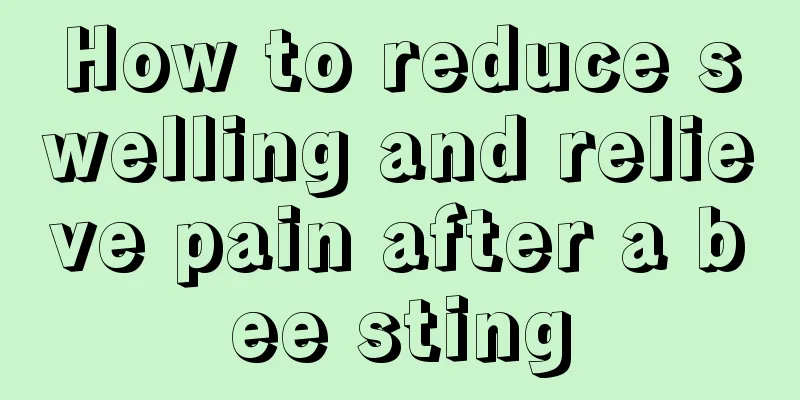What are the treatments for amblyopia
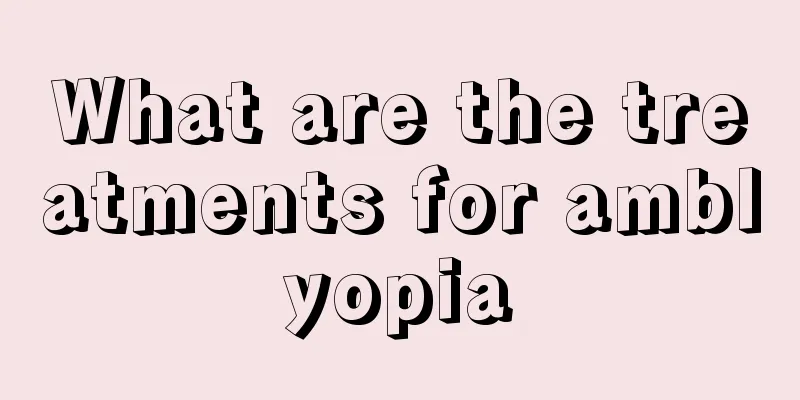
|
If you have amblyopia, it will not have much impact on your daily life and work. However, if amblyopia occurs, you still need to pay attention to correct conditioning and treatment, such as the use of some eye drops, and you can also choose a treatment method that suppresses the healthy eye. ① Suppress the healthy eye from seeing near: drip 1% atropine solution into the healthy eye every day, wear corrective glasses, and add a 2.00 or 3.00 spherical lens to the corrective lens of the amblyopic eye. This will force the patient to use the healthy eye to see far and the amblyopic eye to see near. ② Suppress the dominant eye from seeing far: apply atropine drops to the dominant eye and overcorrect it with a 3.00 spherical lens so that it cannot see far clearly but can see near; wear a full corrective lens for the amblyopic eye to see far. ③ Complete suppression: Put atropine in the dominant eye and wear an undercorrected lens, generally minus 5.00 spherical lens (negative lens or reduced positive lens can be used); the amblyopic eye wears a corrective lens. This makes the dominant eye unable to see either near or far. ④ Selective suppression: A. For those with excessive accommodative convergence: apply atropine drops to the dominant eye, wear corrective lenses, and wear bifocal lenses in the amblyopic eye to promote near vision and reduce or eliminate esotropia when looking at close objects. B. Maintain and consolidate the therapeutic effect: alternately suppress both eyes. Atropine was stopped for the dominant eye, and two pairs of glasses were fitted, one pair for the right eye with a 3.00 spherical overcorrection, and one pair for the left eye with a 3.00 spherical overcorrection. The two pairs of glasses were worn alternately every other day. The child uses his right eye to see far away one day and his left eye to see far away every other day to prevent recurrence of amblyopia. Suppressing near vision is the most commonly used method. Suppressing far vision and complete suppression are sometimes not guaranteed to work, because the child only needs to take off the glasses to use the dominant eye to see far. Complete suppression is effective for high hyperopia, but removing glasses is not good for patients because the dominant eye cannot see clearly at near distance with atropine, and it is undercorrected by 5.00 diopters, so far vision is also blurry. One of the biggest disadvantages of suppression therapy is that it is only suitable for moderate amblyopia. When the visual acuity is less than 20/60, the child may still be willing to use the dominant eye that has been treated with atropine for near vision because the latter's visual acuity is still better than that of the amblyopic eye. |
<<: What is the reason for my memory getting worse and worse
>>: What are the dangers of removing wisdom teeth
Recommend
Can knee popping heal itself?
We often find some phenomena during exercise, suc...
What causes stool to become thinner?
Although feces are excretions of the body, the co...
A detailed introduction to the five major symptoms of brain cancer patients
To avoid the trouble of brain cancer, we must fir...
How do pinworms come about
Among parasites, pinworms are a type of worm that...
Is nebulization good for nasopharyngeal cancer? What should I pay attention to in my diet?
Nowadays, many patients are concerned about the c...
What are the clinical symptoms of lung cancer? Several clinical symptoms of lung cancer
Most diseases have precursors, but in daily life,...
Which porridge is suitable for acute gastroenteritis
For patients with acute gastroenteritis, frequent...
What are some folk remedies for bad breath and bitter taste when waking up
It is quite common to have bad breath and bitter ...
What eating habits are undesirable
Pay attention to the life span that is eaten, sev...
Why can't I hold my urine?
Many friends cannot go to the toilet immediately ...
Knees protrude inwards and calves protrude outwards
The phenomenon of knees bulging inward and calves...
How to recover fastest from a scratched face?
In daily life, the skin on the face is relatively...
What are the most common early symptoms of liver cancer?
Lung cancer is the most serious disease in oncolo...
Importance of First Aid
In our lives, many diseases actually occur sudden...
What are the symptoms of calf phlebitis
The main cause of calf phlebitis is that the pati...



